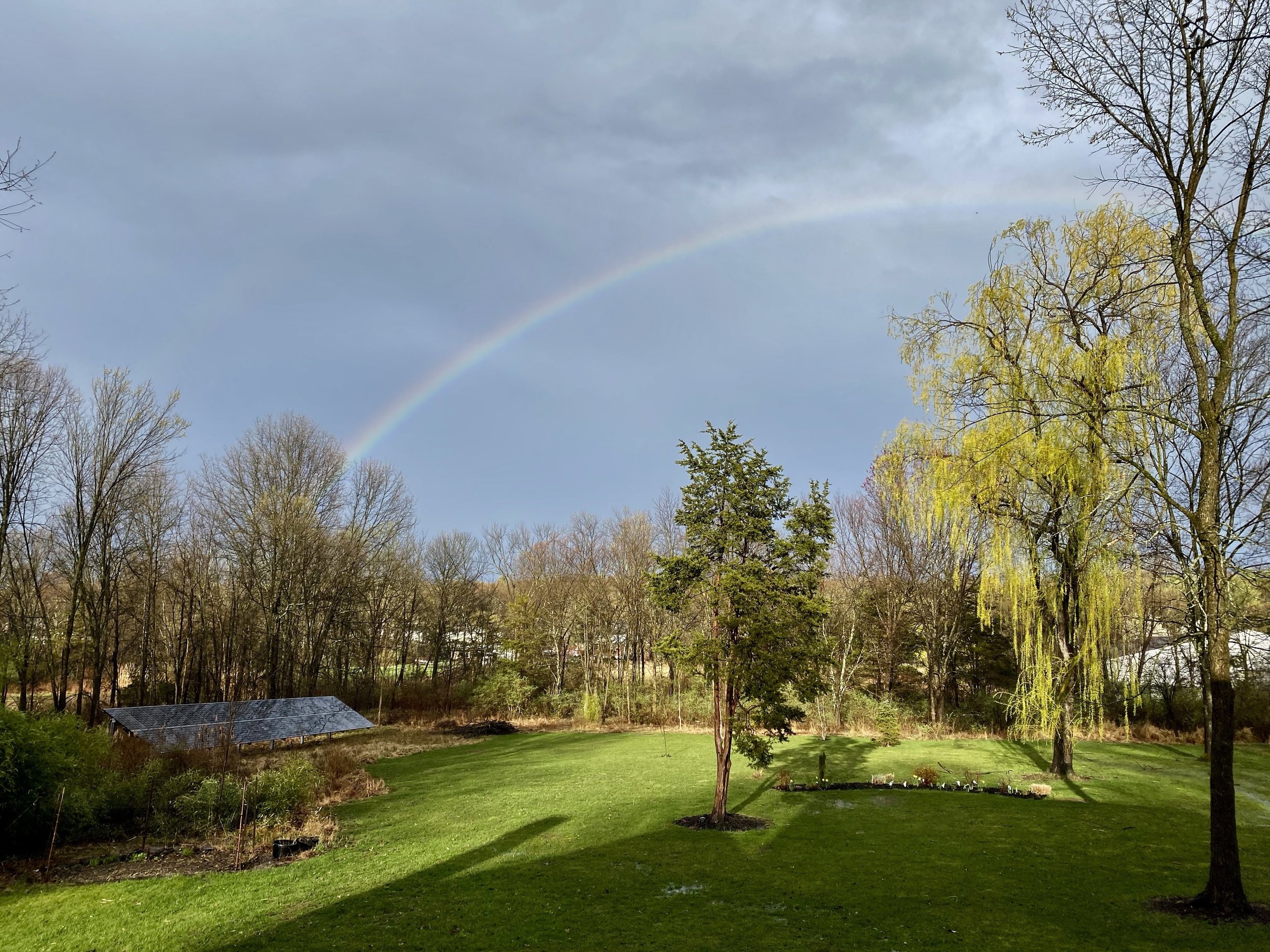To Mow or Not to Mow?
START WITH SPRING. Consider not mowing part of your lawn during the month of May. Let dandelions, buttercups, clover, daisies and such bloom in your yard—supplying food for hungry bees, butterflies and birds. No need to give up a tidy yard. Just let a piece go wild and see what appears.
MOW EVERY OTHER WEEK. In the summer season, it’s healthier for the grass and better for the pollinators to cut the grass every other week instead of every week. Yes, you may need to modify this guideline for a rainy spell or drought.
LET THE GRASS BE LONGER. According to scientists who study these things, it’s best to cut grass no shorter than 3 inches or so. This length helps encourage deeper roots that require less water and allows plants to appear that pollinators favor.
WHAT ABOUT TICKS? Ticks tend to favor leaf litter and brushy edges where woods and grass meet. They are not more likely to pop up if you mow less often. Still, grass length may matter—keeping grass no shorter than 3 inches but no longer than 5 or 6 seems to be ideal. And you can always mow designated play areas or paths and let other areas go wild.
PROTECT YOUR HEALTH. Fertilizer run-off from lawns is a major source of water pollution. Pesticides used to kill weeds can likewise pollute water as well as threaten the health of children and animals. Watering lawns for that “perfect” green look wastes this precious resource. All good reasons to let your yard grow naturally.
MAKE MORE GARDEN. Instead of a flower bed or border on an edge of the lawn, why not make more of your yard a place for flowers, shrubs and trees and leave just a patch of lawn? Start with a small section of the yard and see where your imagination takes you. Landscape designers have been moving in this direction for years, so you are sure to find inspiration.
SAVE TIME AND MONEY. Mowing less means less money spent on fuel. It also means less noise in the neighborhood and less air pollution from engines. Perhaps best of all, mowing less means more time for you to relax and enjoy your yard.
